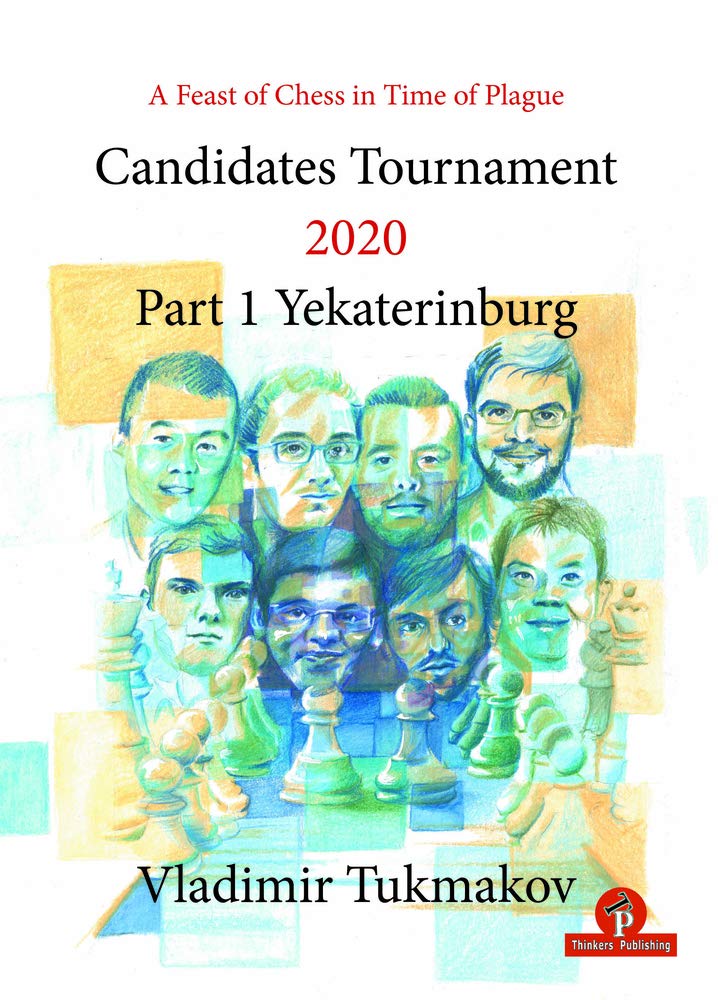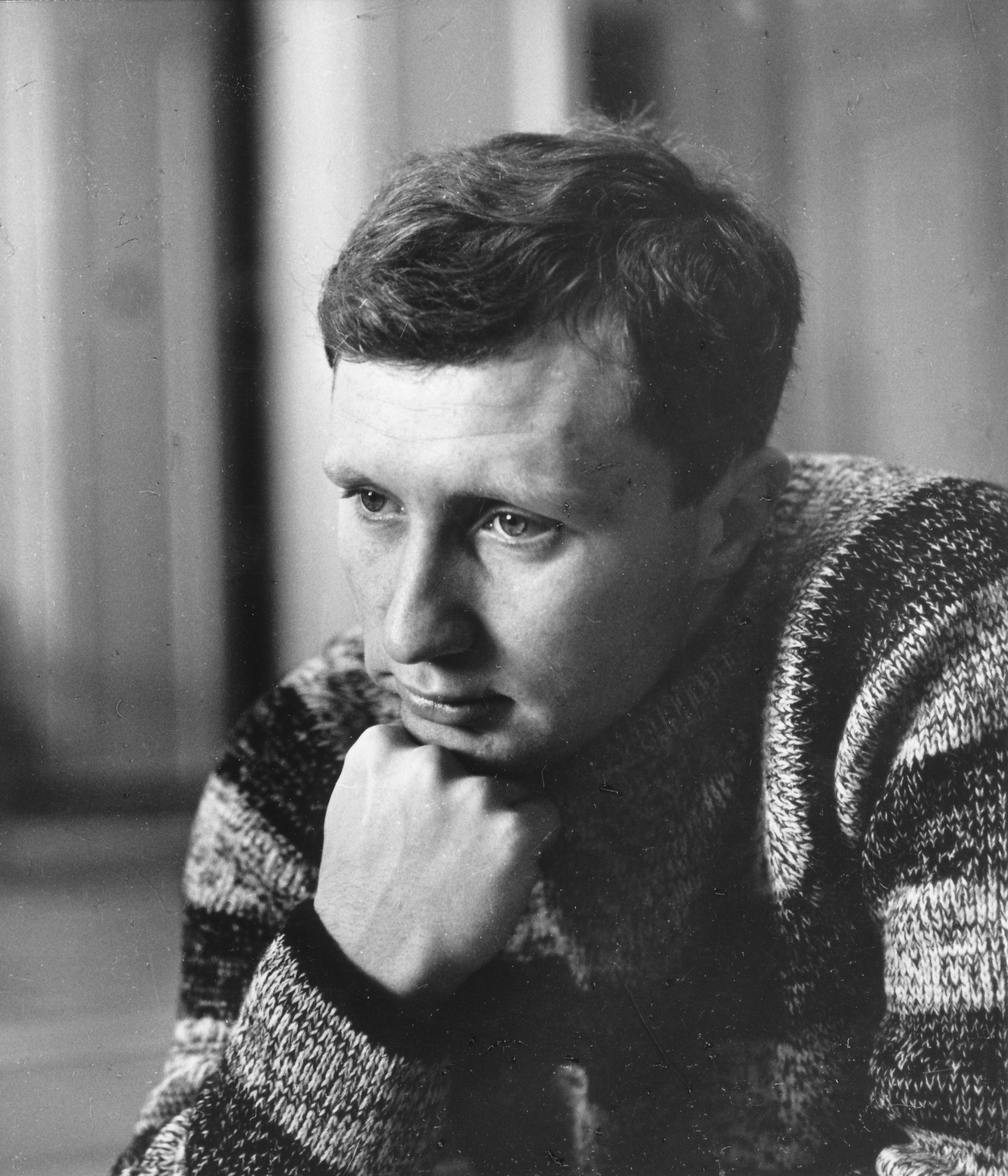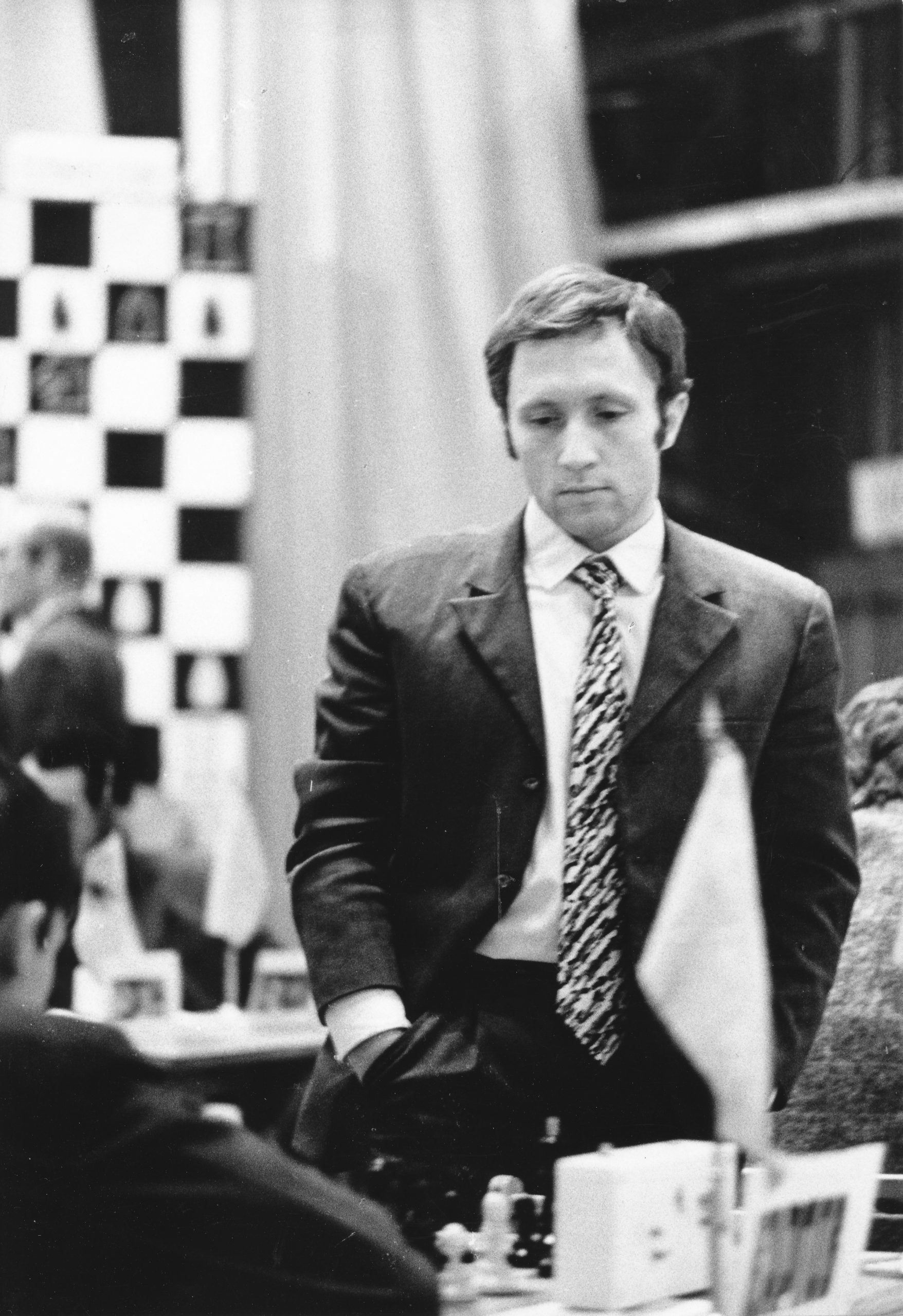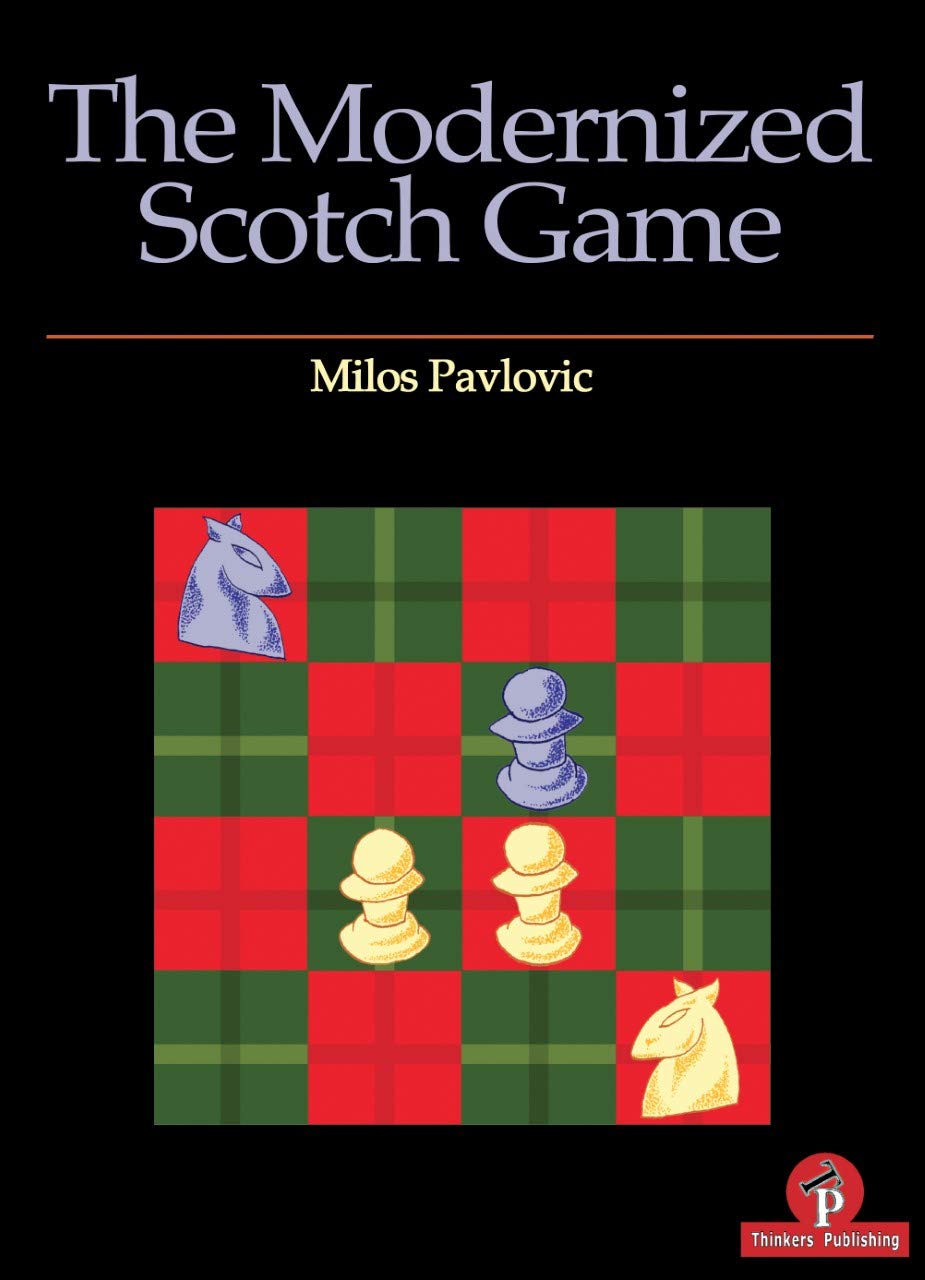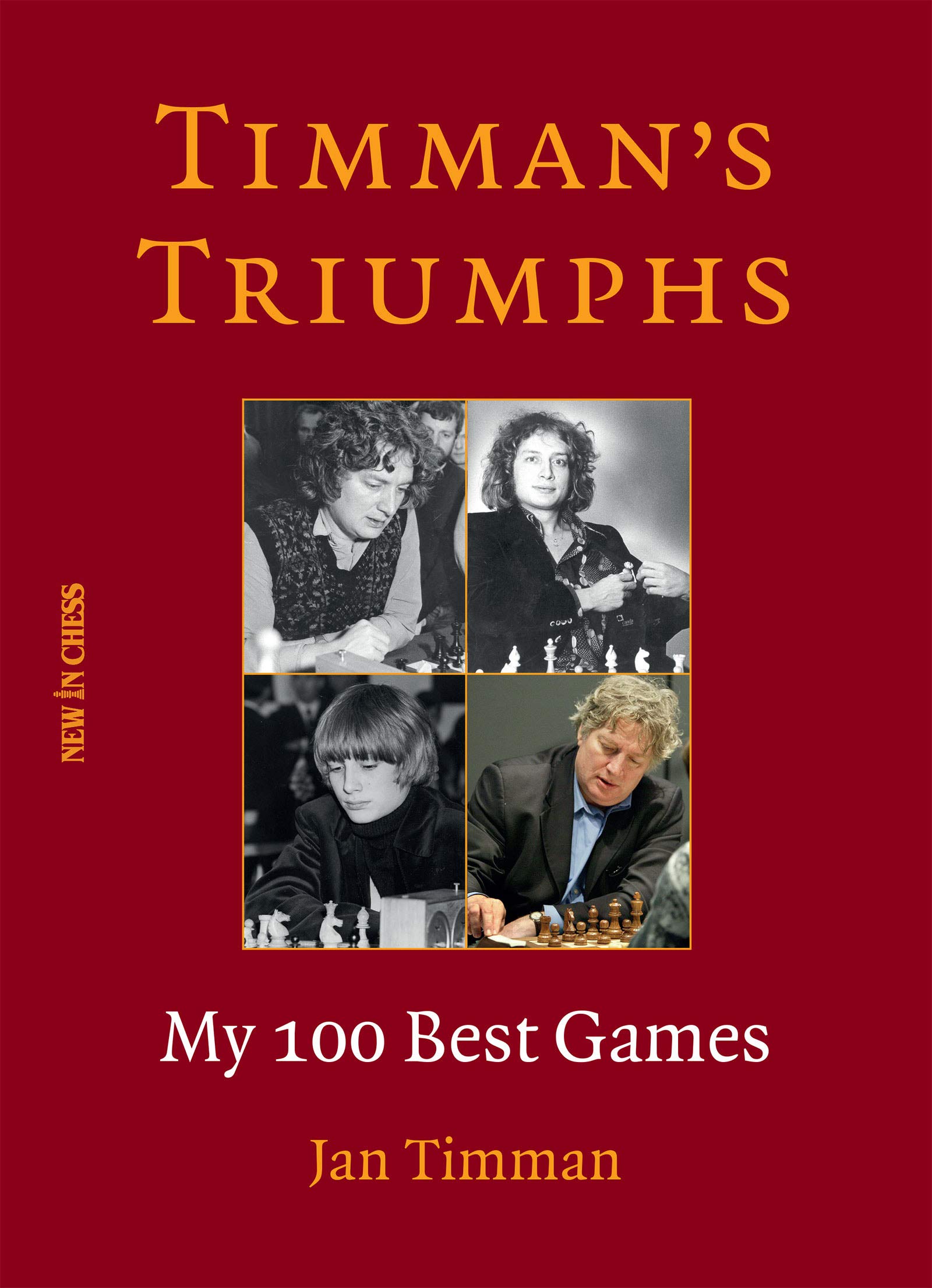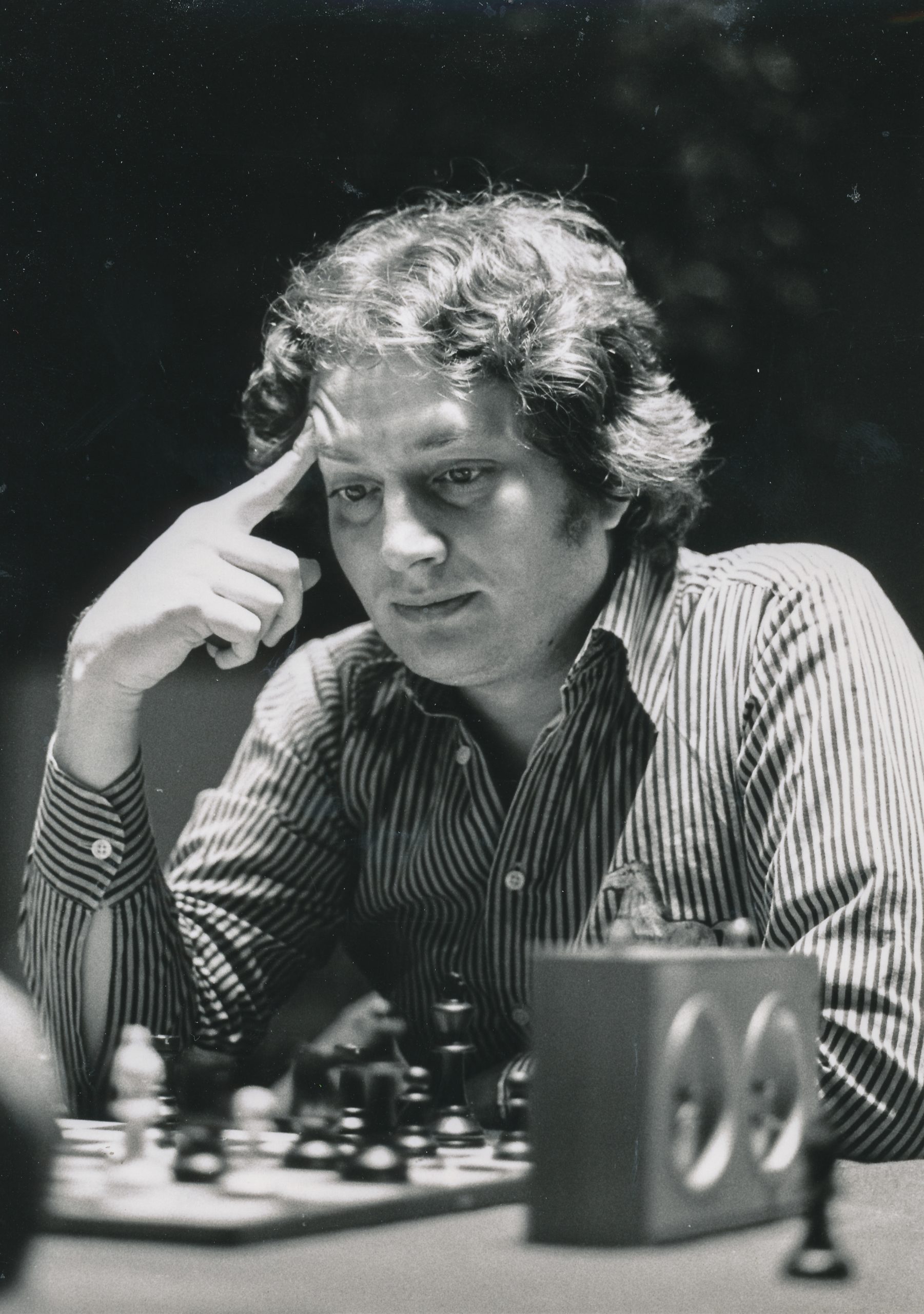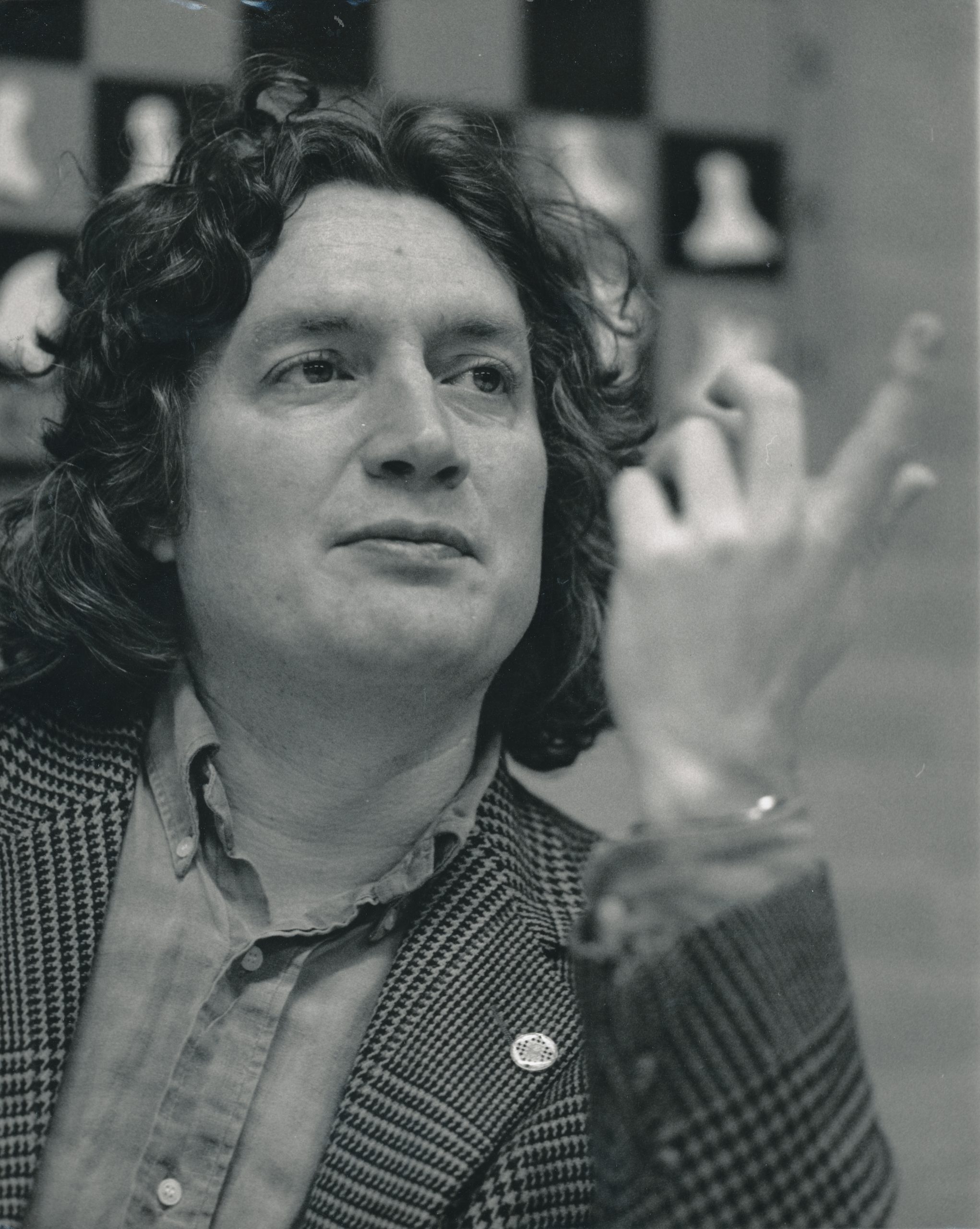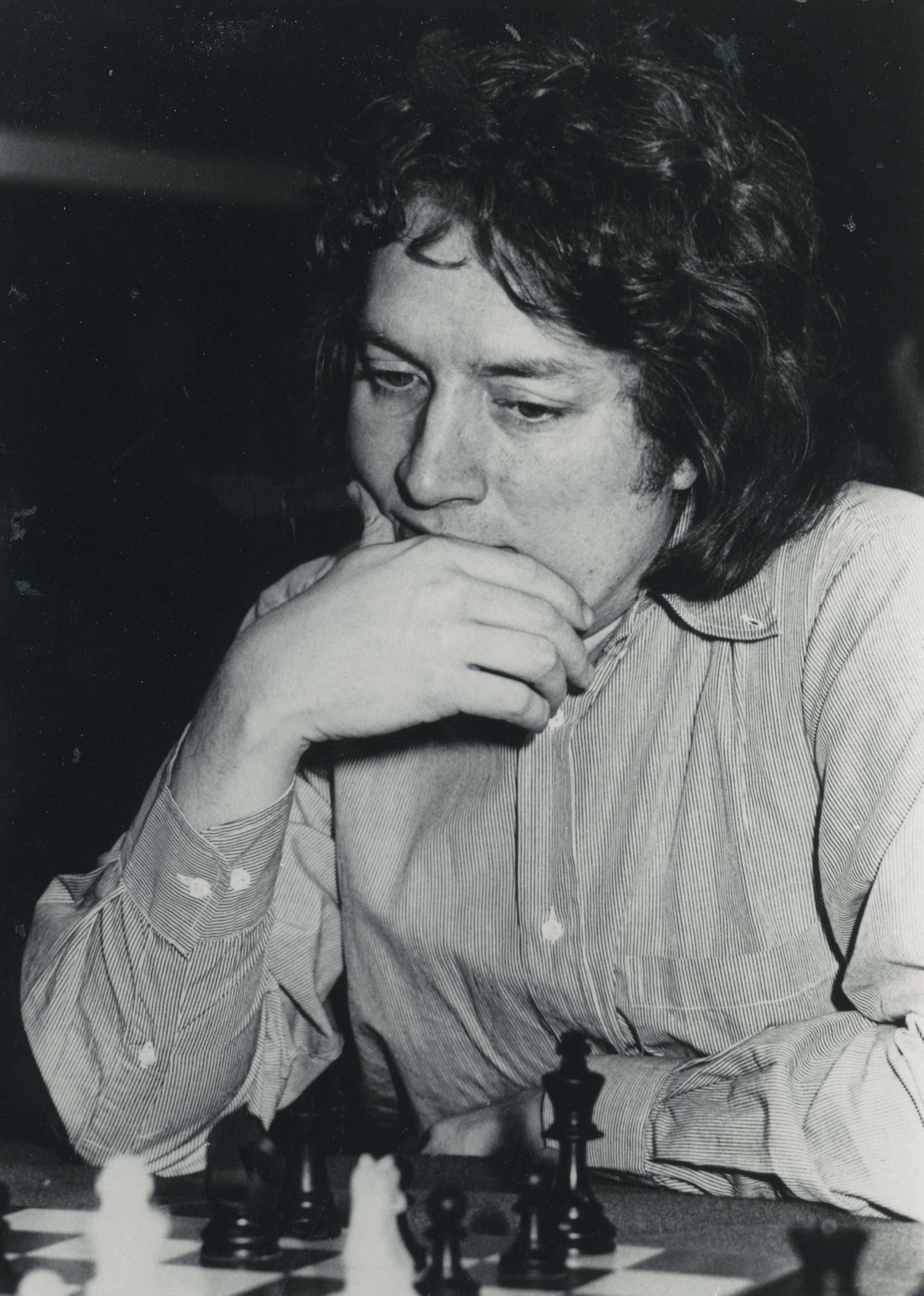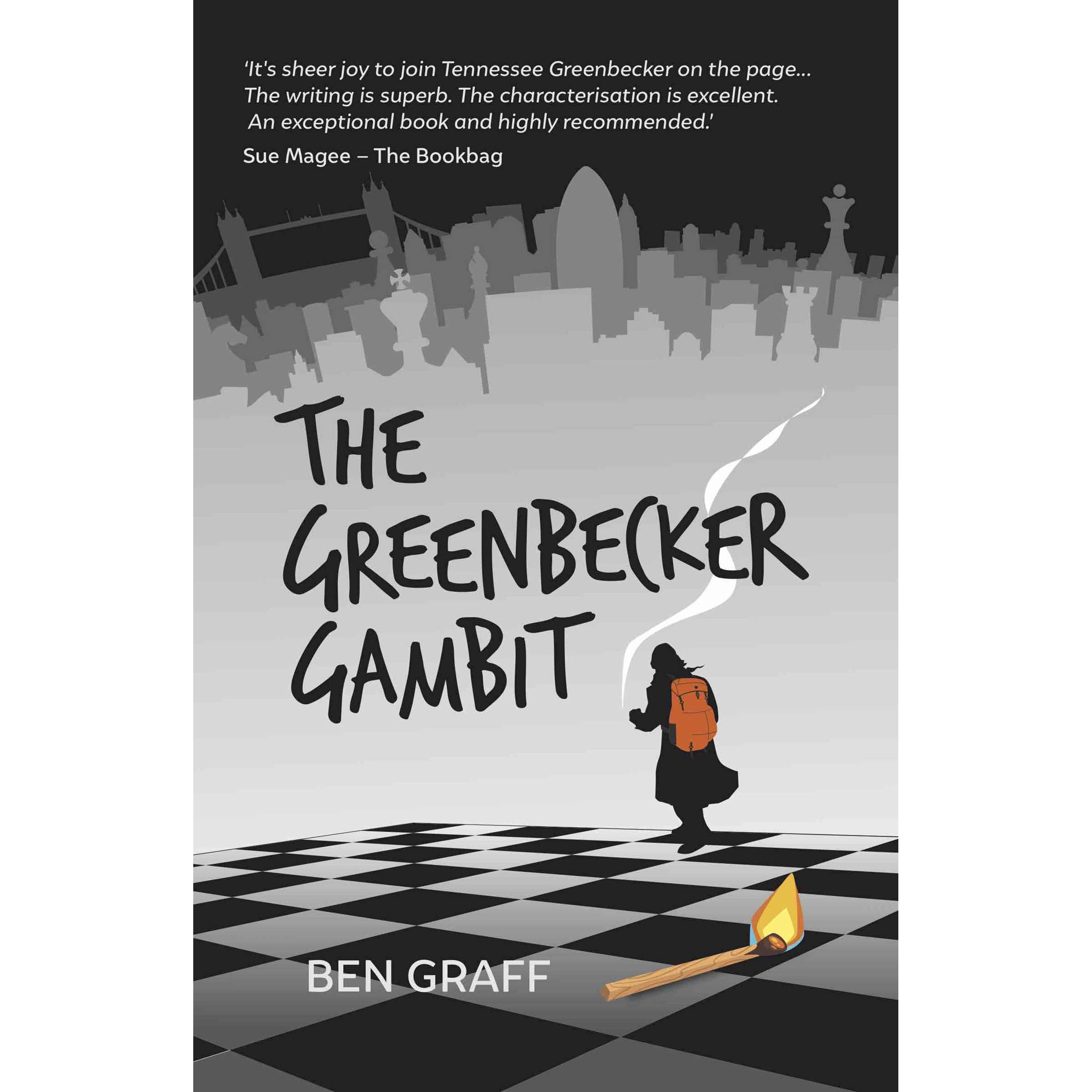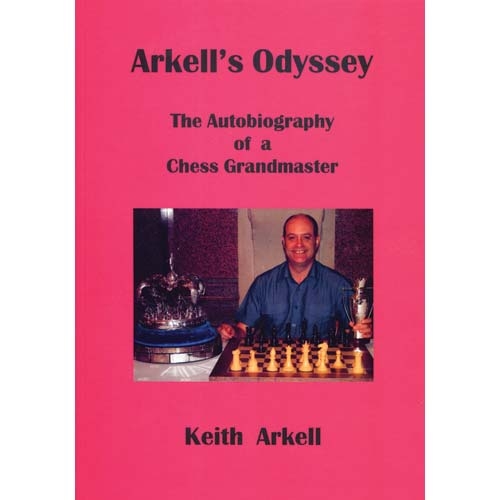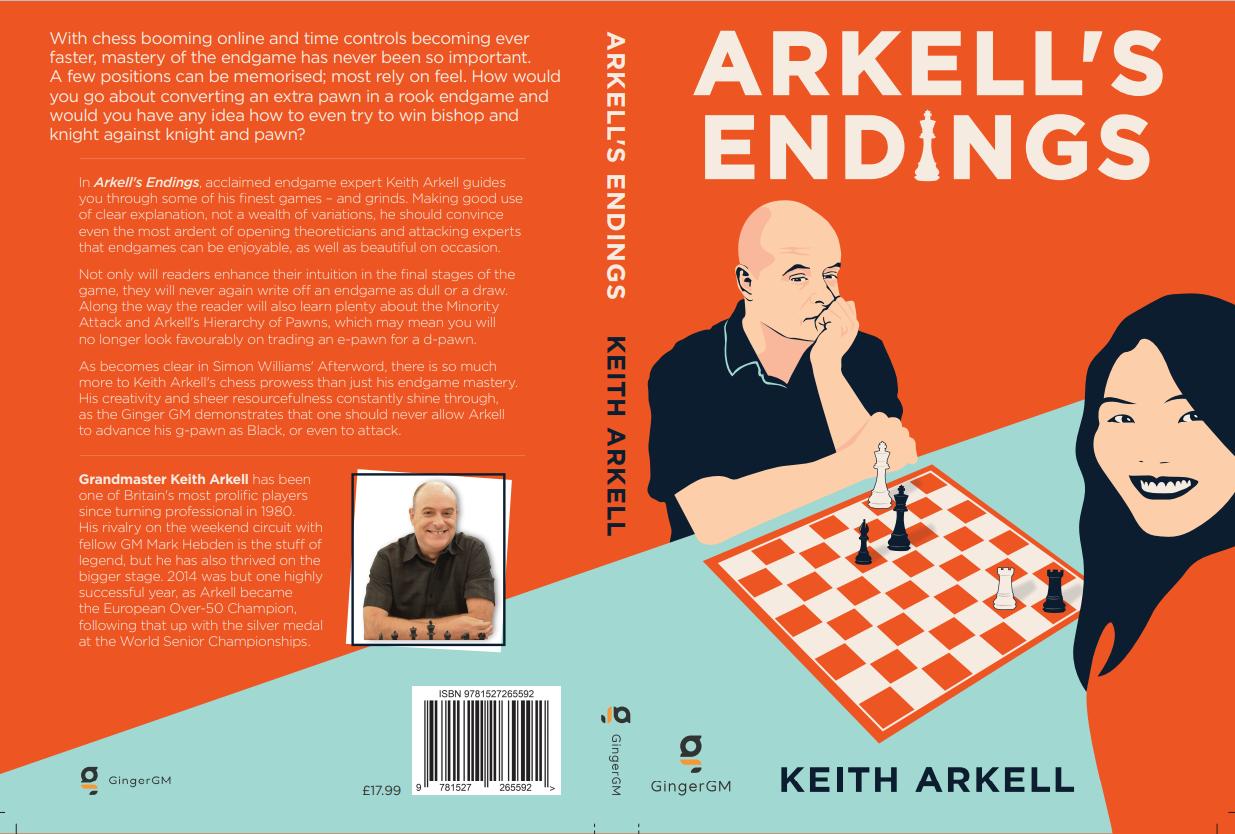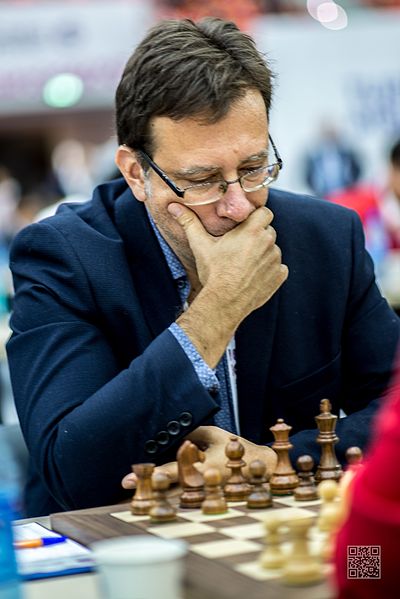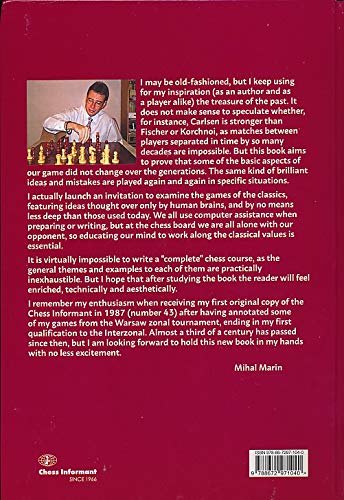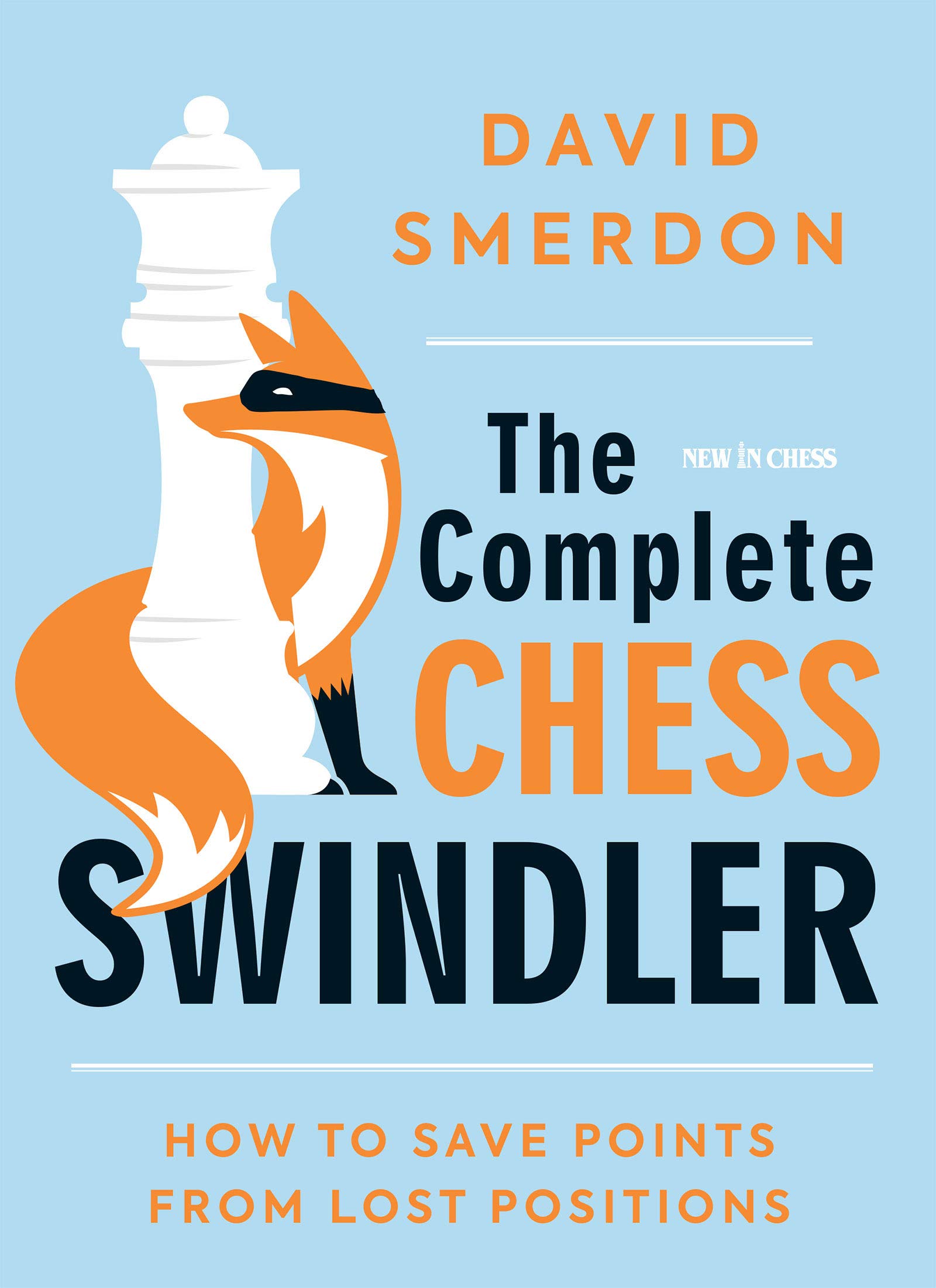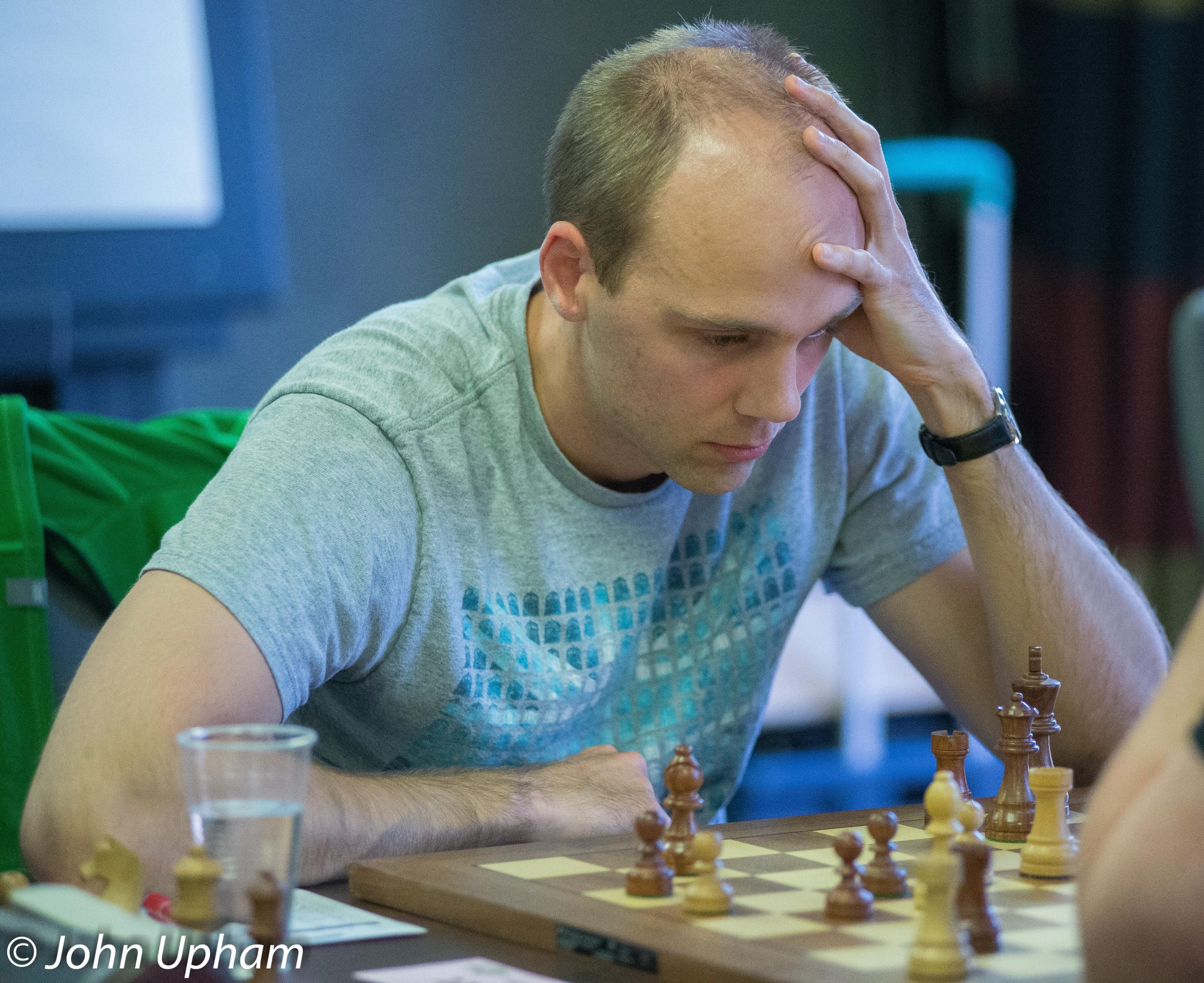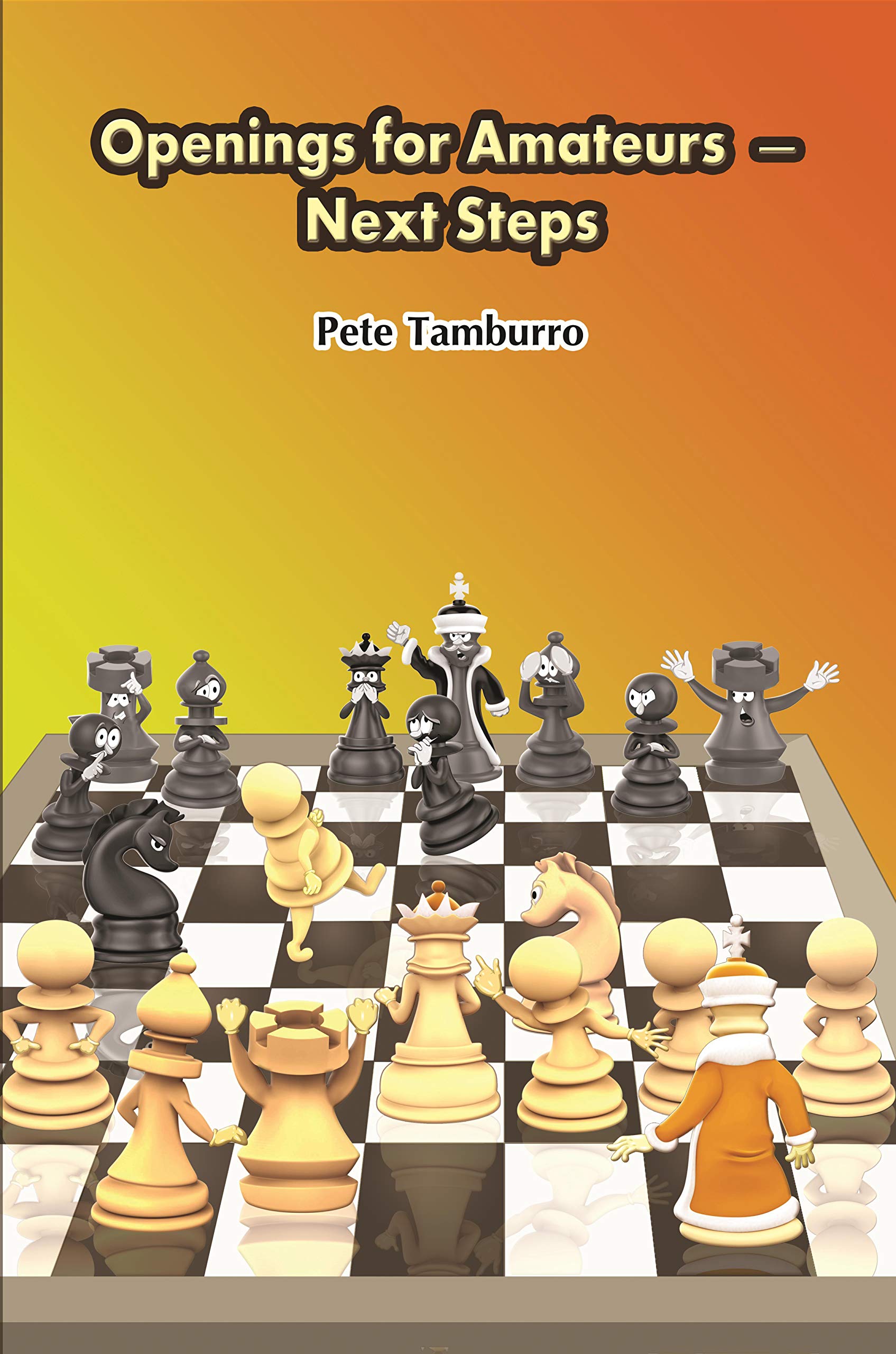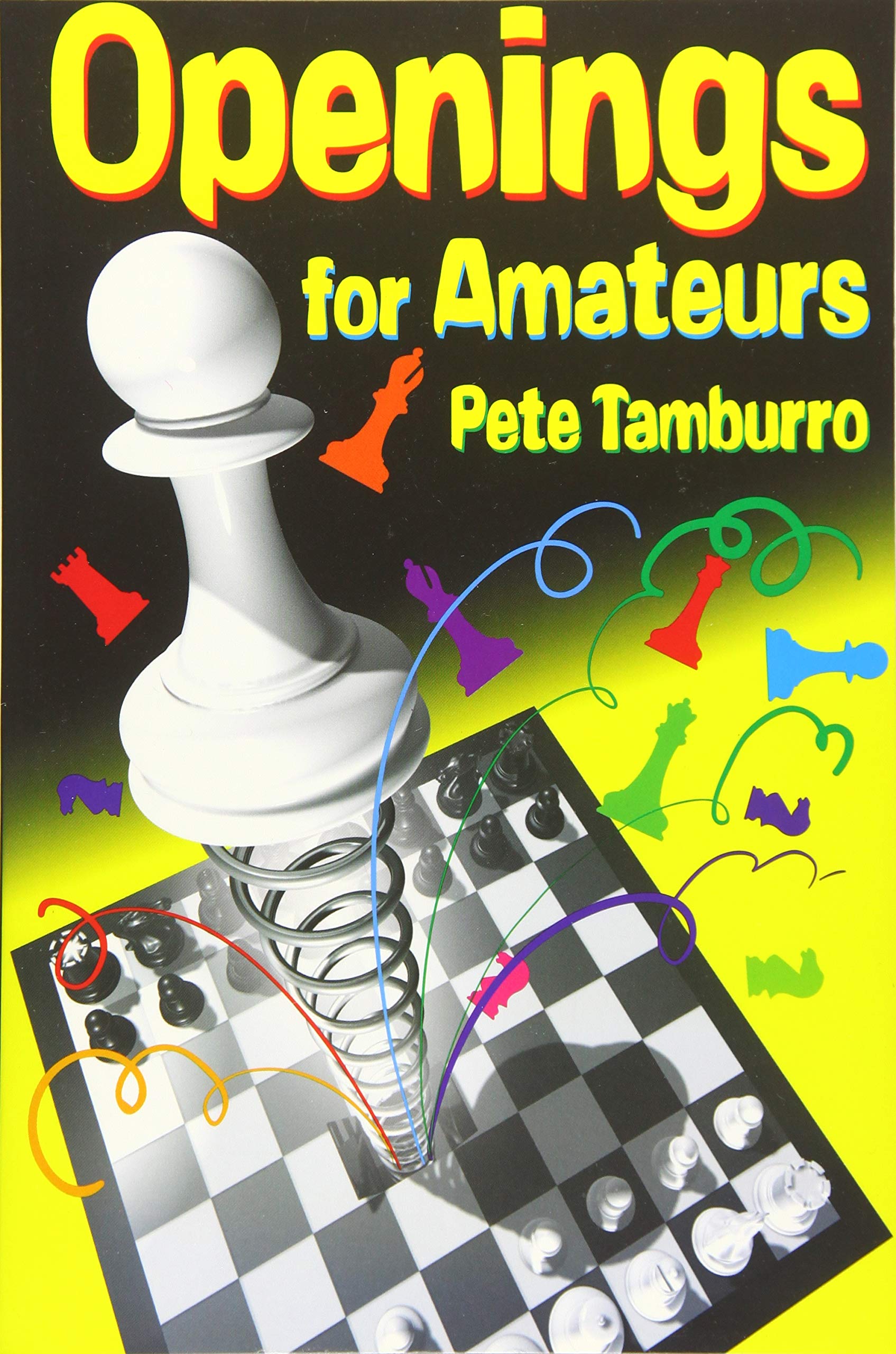Mastering Positional Sacrifices : A Practical Guide to a Vital Skill in Chess : Merijn van Delft

From the publisher :
“Merijn van Delft is an International Master from the Netherlands. He has been a chess trainer for more than two decades and created instructional material both online and offline.”
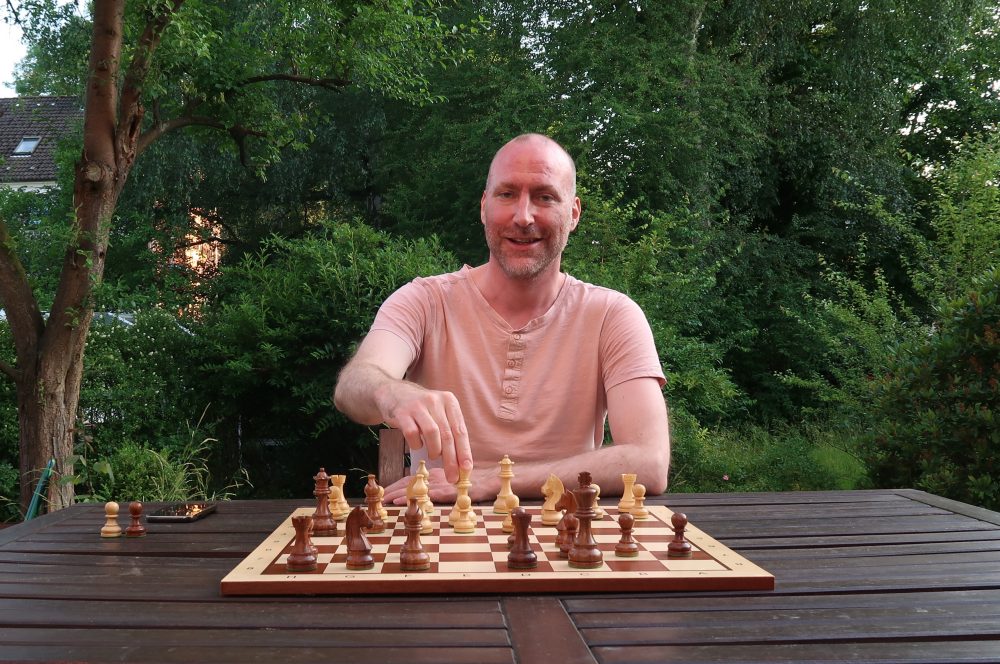
From the book’s rear cover :
“Most chess games of beginners and post-beginners are decided by fairly straightforward tactics. Anyone who wants to progress beyond this level and become a strong club player or a candidate master, needs to understand that somewhat mysterious-looking resource, the positional sacrifice.
International Master Merijn van Delft has studied and loved positional sacrifices for as long as he can remember. This non-forcing tool is not just a surprising and highly effective way of creating a decisive advantage during a game. Positional sacrifices are also instruments of superior beauty.
Van Delft has created a unique thematic structure for all types of positional sacrifices. He shows the early historical examples, explains which long-term goals are typical for each fundamental theme and presents lots of instructive modern examples. He then concentrates on those sacrifices that have become standard features of positional play. Solving the exercises he has added will further enhance your skills.
Playing a positional sacrifice will always require courage. Merijn van Delft takes you by the hand and not only teaches the essential technical know-how, he also helps you to recognize the opportunities when to take the plunge. Mastering Positional Sacrifices is bound to become a modern-day classic.”
Dutch IM Merijn van Delft introduces readers to one of the most complex and fascinating aspects of chess: the positional sacrifice. He’s not the first author to tackle this subject: previous books by McDonald and Suba, which I haven’t read are discussed in the bibliography.
A few quotes from the introduction will give you some idea of what this book is about, and who the target readership is.
“I am trying to write for as broad a readership as possible, but let me give a mild warning to beginning chess players: this book may not be the best place to start for you. … Here is a mild warning for very experienced players as well: you may come across a fair amount of examples you already know. I considered it my job to combine the most impressive classical games with new material, and to find a nice balance there.
“A feel-good book is what this is meant to be. It should be fun to play through the games and the book can easily be used for entertainment purposes only. If you are simply seeking inspiration, feel free to open it at a random page and check the diagrams. The most exciting moments are always covered with a diagram and described in the text that follows.
“Having said that, my main intention has been to present the material as systematically as possible. My goal was to create a unique framework of positional sacrifices. The structure should have an inner logic and should help the reader to build up his knowledge systematically.”
Let’s look inside and see whether or not the author has achieved his aim. There are 115 complete games in the main body of the book, ranging from Morphy to Wijk aan Zee 2020, so it’s nothing if not up to date. All but the first two (in the introduction) feature positional sacrifices. All games are fully annotated, mostly verbally, with variations only given when necessary. It’s particularly good to see the complete games, so that readers can witness how the positional sacrifices arose from the opening.
The first part of the book deals with the four basic reasons for positional sacrifices: piece play, pawn structure, colour complexes and domination.
Chapter 1 teaches us how we can use positional sacrifices to create play for our pieces: by opening files, opening closed positions or opening diagonals.
Here, for example, is a position from Leko – Vachier-Lagrave (Batumi Ol 2018), with Black just about to use a positional sacrifice to open some files on the queen side.
“For now White seems to have everything under control, but what follows is a true thunderbolt.
23… Nxa4!
Vachier-Lagrave’s handling of the opening stage may have been unfortunate, but now he displays very deep understanding of the position with a truly amazing piece sacrifice.”
The game continued 24. Bxa4 b5 25. Bxb5 a4 26. Nd4 a3 and Black won on move 71.
Chapter 2 looks at how we can use positional sacrifices to help our pawns. We can create a Perfect Pawn Centre, a Pawn Steamroller or a Mighty Pawn Chain.
This is Gemy Vargas – Fier Sao Paolo 2019. White’s f-pawn has just moved two squares, and van Delft points out the alternative 30… exf3, which is the engine recommendation. But instead…
30… e3!
“The artist is taking over. Black sacrifices a piece to increase the size of his pawn steamroller. As Alexandr said at the Masterclass he gave recently at Apeldoorn, during his early years as a chess player he was heavily influenced by Kasparyan’s book with endgame studies on the theme of domination.”
By move 41 he’d reached this position, where White resigned.
“A pretty picture, the ultimate pawn steamroller, minding a bit of the famous McDonnell – De la Bourdonnais finish with black pawns on d2, e2 and f2.”
Chapter 3 moves onto the idea of positional sacrifices to control colour complexes. As van Delft explains, because this is a more abstract concept than pieces and pawns, it’s harder to understand.
Chapter 4 then puts everything together: we can play a positional sacrifice to achieve domination of the entire board.
In Wojtaszek – Hracek (Aix-les-Bains 2011) White, who had already sacrificed a pawn, now gave up the exchange to dominate the board.
17. Rxc5! “The key move, a strong positional exchange sacrifice.”
Now we understand the reasons why we might want to play a positional sacrifice, we can move onto Part 2, where we can learn about typical sacrifices and store the ideas in our long-term memory. Many of them, though, will already be familiar to experienced players.
Chapter 5 concerns pawn sacrifices: as you might expect the Benko and Marshall Gambits are among the openings considered. Chapter 6, concluding Part 2, moves onto typical exchange sacrifices.
Part 3 goes way beyond this, to more difficult and dangerous ideas. Chapter 7, Extreme Sports, asks how much you can get away with sacrificing. You’ll find double exchange sacrifices, queen sacrifices for a couple of minor pieces, and even positional rook sacrifices.
In Firouzja – Karthikeyan (Xingtai Asian Championship 2019) Black sacrificed his queen on move 9:
9… Qxc3+! “A great positional queen sacrifice.”
10. bxc3 dxe3
“Black now has two minor pieces and a pawn for the queen. White has many weak pawns and squares, which makes Black’s position much easier to play.”
In Chapter 8, Heroes, van Delft introduces us to some of the games that have inspired him over the years, played by the likes of Shirov, Aronian and Carlsen.
Finally, Chapter 9 goes beyond human positional sacrifices to the Superhuman, including recent games by Leela Chess Zero and Stoofvlees.
Now it’s time to put your new found knowledge and skills into action with a final chapter of Exercises.
“In total there are 48 exercises, on four different levels, with 12 exercises each. Every reader should have a fair chance at Level 1, while at Level 2 things are already becoming more difficult. Level 3 is serious business, and at Level 4 most people will be running into a wall. Level 4 is mainly there to remind us how rich chess is, and that we will not easily be done learning.”
The answers always include the play up to the question, and in some cases the complete game as well.
As you’ll realise, there’s a lot of great chess in this book. The author has also achieved his aim of treating a difficult subject in a logical and well structured way. But what really appeals to me is van Delft’s style of writing. There are many strong players who excel at writing or talking about chess, but not all of them understand how their readers or viewers might learn. He is at pains to differentiate between material which provides specific lessons you can employ in your own games and more difficult material which might serve as an inspiration. Although the English isn’t always totally idiomatic, the meaning is never less than totally clear. Not for him the fanciful analogies and flowery language preferred by some authors to make their books fun: for van Delft the fun comes from the moves themselves. Although the intent is serious, his approach is warm, friendly and encouraging. Enjoy your chess and don’t be afraid to try out new ideas: this is how you improve. He comes across to me as, above all, an excellent teacher. I look forward to reading whatever he writes about in future.
Personally, I’d have liked a broader historical perspective. Those 19th century favourites the King’s Gambit and Evans Gambit are positional sacrifices for, amongst other things, an Ideal Pawn Centre, and many other 19th century gambits have aims relating to themes in the book. While there are a few 19th century games along with some discussion of the Steinitz Gambit and a brief mention of its context, a chapter on the history of positional sacrifices would have been interesting.
Nevertheless,, this is yet another outstanding book from New in Chess in what has been an exceptional year for chess literature. Very highly recommended: I’m sure you’ll find it both enjoyable and instructive, and, if you’re rated, say, 1800+, this book will add a new dimension to your chess.
Richard James, Twickenham 13th November 2020

Book Details :
- Paperback : 320 pages
- Publisher: New in Chess (1st June 2020)
- Language: English
- ISBN-13: 978-9056918835
- Product Dimensions : 6.82 x 0.82 x 9.3 inches
Official web site of New in Chess
Mastering Positional Sacrifices: A Practical Guide to a Vital Skill in Chess. New In Chess, June 2020, Merijn van Delft

